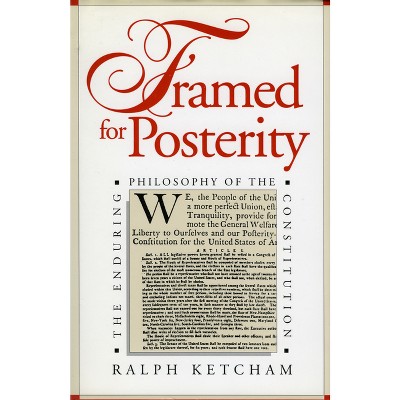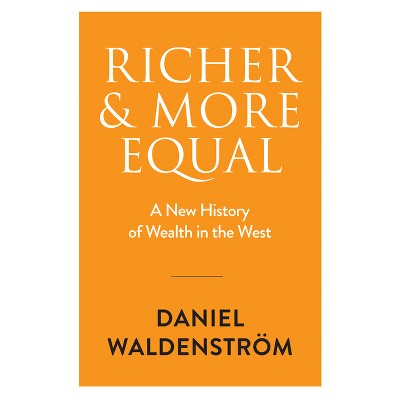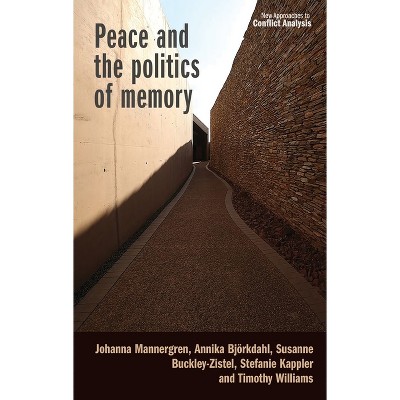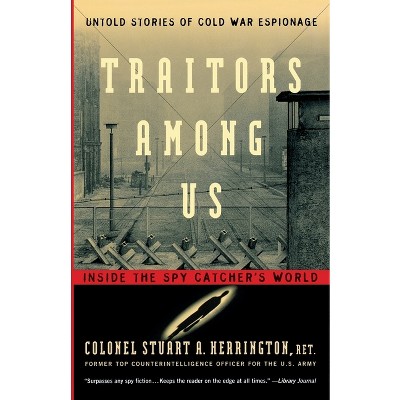Sponsored

Conflict Among Rebels - by Costantino Pischedda (Hardcover)
In Stock
Sponsored
About this item
Highlights
- Why do rebel groups frequently clash instead of cooperating against their shared enemy, the state?
- About the Author: Costantino Pischedda is assistant professor of political science at the University of Miami.
- 264 Pages
- Political Science, Comparative Politics
Description
About the Book
"Why do rebel groups frequently clash instead of cooperating against their shared enemy, the state? This pattern occurs in conflicts around the world, yet it flies in the face of common notions of strategic logic. Weaving together insights from international relations theory and the study of ethnic politics, Costantino Pischedda presents an original theory to unravel the puzzle of inter-rebel conflict. Examining the dynamics of civil wars in Iraq, Ethiopia, Lebanon, Sri Lanka, and Syria, Pischedda argues that infighting is a calculated response by rebel groups to perceived opportunities and vulnerabilities. Conflicts break out between groups when one sees the potential to eliminate weaker rivals at a low cost or fears the deterioration of its power relative to a competitor and embarks on a desperate gamble. Counterintuitively, Pischedda finds that rebels sharing an ethnic identity are especially prone to violent conflict, as they see each other as both potential existential threats and enticing opportunities for expansion. Since coethnic rebels aspire to control the same community, their antagonism is stark and immediate. In addition, insurgents expect to be able to draw on the resources of defeated rivals from the same ethnic group more easily than they could from those of outsiders. Marshaling a range of data, Pischedda's mixed-methods study features original interviews conducted with former insurgent leaders. The first book-length examination of inter-rebel fighting, Conflict Among Rebels sheds new light on a key question of civil war dynamics: why the enemy of my enemy is not always my friend"--Book Synopsis
Why do rebel groups frequently clash instead of cooperating against their shared enemy, the state? This pattern occurs in conflicts around the world, yet it flies in the face of common notions of strategic logic. Weaving together insights from international relations theory and the study of ethnic politics, Costantino Pischedda presents an original theory to unravel the puzzle of inter-rebel conflict.
Examining the dynamics of civil wars in Iraq, Ethiopia, Lebanon, Sri Lanka, and Syria, Pischedda argues that infighting is a calculated response by rebel groups to perceived opportunities and vulnerabilities. Conflicts break out between groups when one sees the potential to eliminate weaker rivals at a low cost or fears the deterioration of its power relative to a competitor and embarks on a desperate gamble. Counterintuitively, Pischedda finds that rebels sharing an ethnic identity are especially prone to violent conflict, as they see each other as both potential existential threats and enticing opportunities for expansion. Since coethnic rebels aspire to control the same community, their antagonism is stark and immediate. In addition, insurgents expect to be able to draw on the resources of defeated rivals from the same ethnic group more easily than they could from those of outsiders. Marshaling a range of data, Pischedda's mixed-methods study features original interviews conducted with former insurgent leaders. The first book-length examination of inter-rebel fighting, Conflict Among Rebels sheds new light on a key question of civil war dynamics: why the enemy of my enemy is not always my friend.
Review Quotes
Costantino Pischedda has written an important book that is required reading for anyone interested in the dynamics of civil war. He outlines a clear and compelling argument about the conditions under which insurgent groups, especially those sharing an ethnic identity, go to war with one another. He supports his claims with careful case evidence from a range of contexts, as well as statistical data. The book offers valuable and thought-provoking insights into the complex politics in alignment in internal conflict.--Paul Staniland, author of Networks of Rebellion: Explaining Insurgent Cohesion and Collapse
Pischedda offers a compelling argument for when and why fighting occurs between rebels. He skillfully builds on existing scholarship while breaking significant new theoretical and empirical ground. Civil war and insurgency will continue to be the most common forms of conflict for the foreseeable future, ensuring that Conflict Among Rebels will generate strong interest from scholars, policy makers, and the general public alike.--Peter Krause, author of Rebel Power: Why National Movements Compete, Fight, and Win
Why do rebel groups in civil wars so often turn upon each other instead of focusing on their common enemy--the state? In this insightful and meticulously researched book, Costantino Pischedda argues that inter-rebel violence is a strategic choice by the rebels. It begins when powerful rebel groups see windows or opportunity to consolidate their position as the prime challenger to the state, or when weaker groups attack their rivals in a bid to "gamble for resurrection." Conflict Among Rebels should be read by anyone seeking a deeper understanding of the dynamics and consequences of civil wars today.--Benjamin Valentino, author of Final Solutions: Mass Killing and Genocide in the Twentieth Century
About the Author
Costantino Pischedda is assistant professor of political science at the University of Miami.Shipping details
Return details
Trending Non-Fiction

















